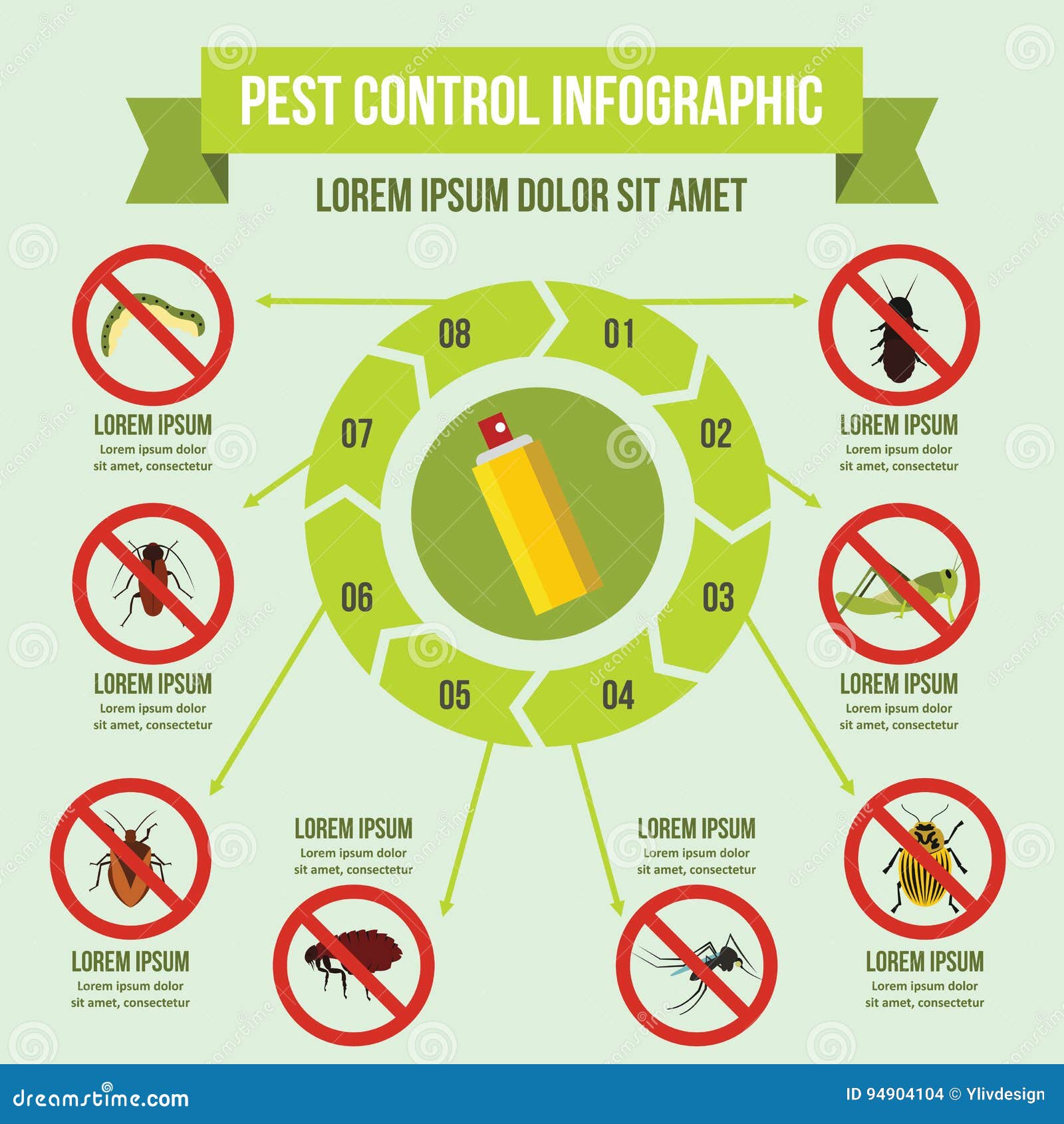As a gardener, a highly rewarding experience is observing the flora you cultivate prosper and bloom. However, the serene beauty of a carefully maintained garden can rapidly be interrupted by the presence of unwanted critters. Whether it's aphids nibbling on the blooms you cherish or caterpillars the produce in your garden, being equipped to handle these unwanted visitors is crucial for keeping a flourishing garden. In this guide, we'll explore effective pest control strategies that shield your plants while maintaining your garden sustainable.
Identifying the frequent pests that target gardens and their behavior is the initial step in preventing infestations. Many gardeners select nature-friendly pest control solutions that are harmless for both your plants and helpful insects. By implementing the correct methods, you can enjoy the aesthetic appeal of your garden without the worry of pests infiltrating. In the upcoming parts, we will investigate multiple strategies to ensure your plants are healthy and thriving, making sure your garden remains a source of joy throughout the seasons.
Essential Pest Management Tips for Gardeners
To cultivate a vibrant garden, it is crucial to utilize successful pest control strategies that protect your flora while reducing harm to the ecosystem. Commence by attracting beneficial insects such as ladybugs and hoverflies, which instinctively control frequent pests. Planting flowers like calendula and tropaeolum can attract these helpers and provide a natural balance. Additionally, explore incorporating companion planting, where particular plants are grown closely in proximity to repel targeted pests.
Routine inspection of your crops is crucial for early detection of pest concerns. Examine your garden often for evidence of pest presence, such as damaged leaves or faded foliage. Prompt action can stop a tiny problem from escalating into a more significant one. If you detect pests, use a mild soap solution or neem oil as a eco-friendly treatment alternative. These solutions are effective yet safe for the majority of beneficial insects when administered properly.
Proactive measures are essential to maintaining pests at bay. Changing crops each season can break pest cycles and minimize the chance of pest issues. Additionally, upholding healthy soil through organics and mulching enhances plants, making them less prone to pest issues. Make sure that you are watering correctly and only as needed, as overwatering can invite pests like slugs and snails. By following these essential tips, you can develop a thriving and flourishing garden without harmful pests.
Natural and Environmentally Friendly Strategies

When it comes to dealing with pest control in your garden, many gardeners are looking for methods that are not only efficient but also harmful-free for the environment. One of the most straightforward ways to prevent pests is to attract helpful insects that prey on them. Ladybugs, lacewings, and parasitic wasps are fantastic allies in the fight against common garden pests. By planting a diverse range of plants and herbs, you can invite these useful insects and establish a stable ecosystem that minimizes pest issues.
Essential oils are a further powerful tool in natural pest control. Oils such as spearmint, lavendin, and melaleuca are renowned for their pest-repelling properties. Mixing a handful drops of these oils with water and a small amount of detergent can create an effective spray that helps keep away unwanted garden visitors. Be careful to try any spray on a limited area of your plants initially to ensure there are not any negative effects. Frequent applications during peak pest season can significantly reduce infestations.
Ultimately, incorporating physical deterrents can provide an eco-friendly solution to pest problems. Row covers, screens, and even basic handpicking can protect your plants free of the use of chemicals. These methods are particularly effective against larger pests like worms and insects. Regular maintenance, such as clearing debris and maintaining plants well-kept, also plays a crucial role in minimizing pest attraction in your garden. Together, these natural solutions can form a bustling garden that continues to be pest-free while being kind on the planet.
Seasonal Pest Control Methods
The spring season is a crucial time for pest prevention, as increased temperatures revive dormant insects. To protect your garden, commence by conducting a thoroughly detailed check of your plants for first signs of pests like whiteflies or caterpillars. You can use eco-friendly pest mitigation solutions such as canola oil or biological soaps to manage invasions before they escalate. Additionally, keeping proper plant spacing and establishing adequate air flow can restrict pest development. Frequently removing debris and dead plant material also contributes reduce potential breeding grounds for harmful insects.
As the summer season rolls in, the heat brings a new set of challenges. Flies and sugar ants can become especially troublesome during this season. To keep these pests at bay, think about using repellents and traps specifically designed for them. You can also introduce helpful insects like lACEwings and green lacewings to your garden, as they feed on common pests. Verify that standing water is cleared to reduce breeding of mosquitoes and maintain consistent garden upkeep to discourage pest invasions.
When autumn arrives, pests start seeking shelter from the cold, making it vital to pest-proof your garden and home. Close cracks and crevices around windows and doors to prevent access. Indoors, store food in sealed containers to deter rats and pantry pests. Pay close attention to your garden, clearing spent plants and debris that could attract wintering insects. By adopting Click for more info throughout the seasons, you can maintain a flourishing garden and safeguard it against unwanted pests year-round.
